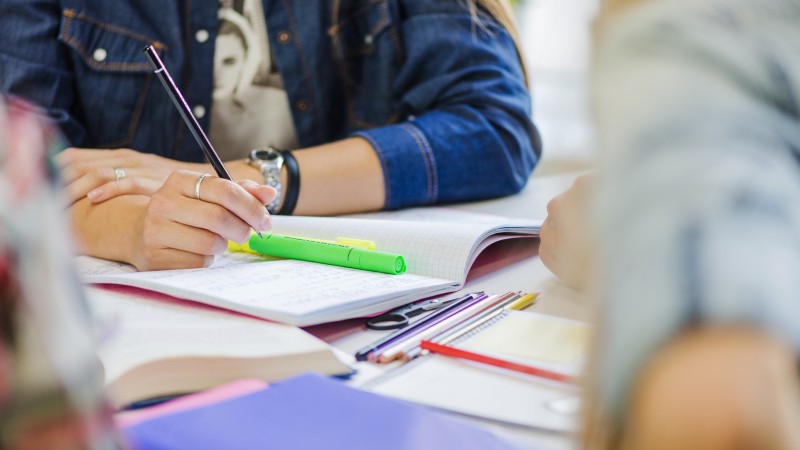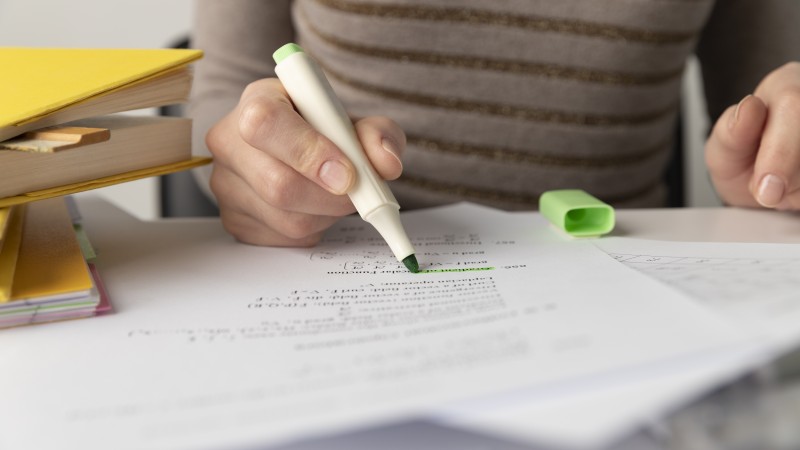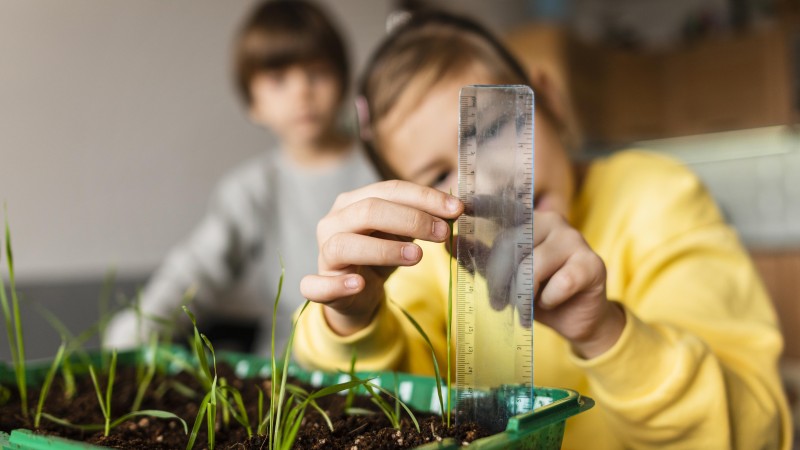UNESCO published "Safe to learn: what do teachers think and do about violence in schools?" based on PPMI and expert Carmel Cefai‘s research
UNESCO recently published ‘Safe to learn: what do teachers think and do about violence in schools?’. The publication is based on the study carried out by PPMI and Professor Carmel Cefai, Director of the Centre for Resilience and Socio-Emotional Health at the University of Malta: ‘The Role of Teachers in Creating Safe and Non-Violent Learning Environments’. The key findings and recommendations from PPMI and Carmel Cefai’s report also informed the Technical Brief ‘The key role of teachers in ending school violence and bullying’ released last November.
The publication presents findings from the research conducted by PPMI during February and March 2020: an online global survey of 34,877 teachers from 147 countries and 16 focus group discussions with urban and rural-based teachers in Nepal, Tanzania, Thailand and Zambia. The research aimed to figure out how teachers perceive violence in schools, what they do to address it, and whether they think they have the necessary skills and support to help them prevent and respond to various forms of violence.
The publications show the strength and weaknesses in teachers’ readiness and capacity to ensure that students feel safe from all forms of violence in the classrooms. Importantly, over half of the teachers consulted feel that they do not receive adequate pre- or in-service training and that they are not fully supported by the school management in preventing and responding to violence in their schools. Thus, the publications call for improved teacher training, policy and institutional support for teachers, considering, of course, different regional and local contexts. Check out the other conclusions of the study at UNESCO’s library here.






